A chipped tooth can be a surprising and often distressing experience. Whether it happens while eating something hard, during a fall, or as a result of grinding your teeth, the damage can affect both the appearance and functionality of your smile. In this article, we’ll explore everything you need to know about chipped teeth, from immediate actions to advanced repair methods and preventive strategies.
Chapter 1: Understanding a Chipped Tooth
1.1 What is a Chipped Tooth?
A chipped tooth occurs when a small or large portion of the tooth breaks away. It can range from a minor enamel crack to a more significant fracture exposing the inner layers of the tooth.
1.2 Types of Tooth Chips
1. Minor Chips: Small cracks or chips in the enamel that usually don’t cause pain.
2. Moderate Chips: Damage extends into the dentin, the layer beneath the enamel, leading to sensitivity.
3. Severe Chips: A large portion of the tooth is lost, potentially exposing the pulp, causing pain and risk of infection.
1.3 Common Causes of Chipped Teeth
1. Eating Hard Foods: Ice, nuts, or hard candy can strain and fracture teeth.
2. Trauma or Injury: Accidents or falls often lead to chipped teeth.
3. Teeth Grinding (Bruxism): Repeated pressure weakens teeth over time.
4. Tooth Decay: Cavities can make teeth brittle and prone to chipping.
5. Old Dental Work: Aging fillings or crowns may weaken and chip.
Chapter 2: What to Do Immediately After Chipping a Tooth
2.1 Assess the Damage
• Look in the mirror to identify the extent of the chip.
• Run your tongue gently over the tooth to feel for sharp edges.
2.2 Rinse Your Mouth
• Use warm water to clean the area and remove debris.
2.3 Manage Bleeding
• If there’s bleeding, gently apply pressure with sterile gauze or a clean cloth.
2.4 Protect the Tooth
• Cover sharp edges with dental wax or sugar-free gum to prevent cuts to your tongue or cheek.
2.5 Save the Broken Piece (If Available)
• Place the fragment in milk, saline solution, or your own saliva to keep it moist.
2.6 Control Pain and Swelling
• Take over-the-counter pain relievers like ibuprofen.
• Apply a cold compress to the outside of your cheek to reduce swelling.
2.7 Seek Dental Care
• Schedule a visit to your dentist as soon as possible.
Chapter 3: Repair Methods for Chipped Teeth
3.1 Non-Invasive Repairs
3.1.1 Smoothing and Polishing
• Suitable for minor chips.
• Dentists smooth rough edges and polish the surface to restore the tooth’s natural feel and appearance.
3.1.2 Dental Bonding
• Uses tooth-colored resin to fill and reshape the chipped area.
• Quick, affordable, and effective for small to medium chips.
3.2 Moderate Repairs
3.2.1 Veneers
• Thin porcelain shells placed over the front of the tooth to mask chips and improve aesthetics.
• Durable and natural-looking, but more expensive than bonding.
3.2.2 Dental Crowns
• Recommended for larger chips or when the tooth’s structural integrity is compromised.
• Caps the entire tooth, restoring shape, size, and function.
3.3 Advanced Repairs for Severe Chips
3.3.1 Root Canal Therapy with Crown
• Necessary when the chip exposes the pulp, causing pain or infection.
• The infected pulp is removed, and the tooth is sealed and capped with a crown.
3.3.2 Dental Implants
• For irreparable damage or if the tooth must be extracted.
• An implant replaces the tooth root, topped with a crown for a natural look and feel.
3.4 Cosmetic Enhancements
• Teeth whitening may be done after repair to ensure color uniformity.
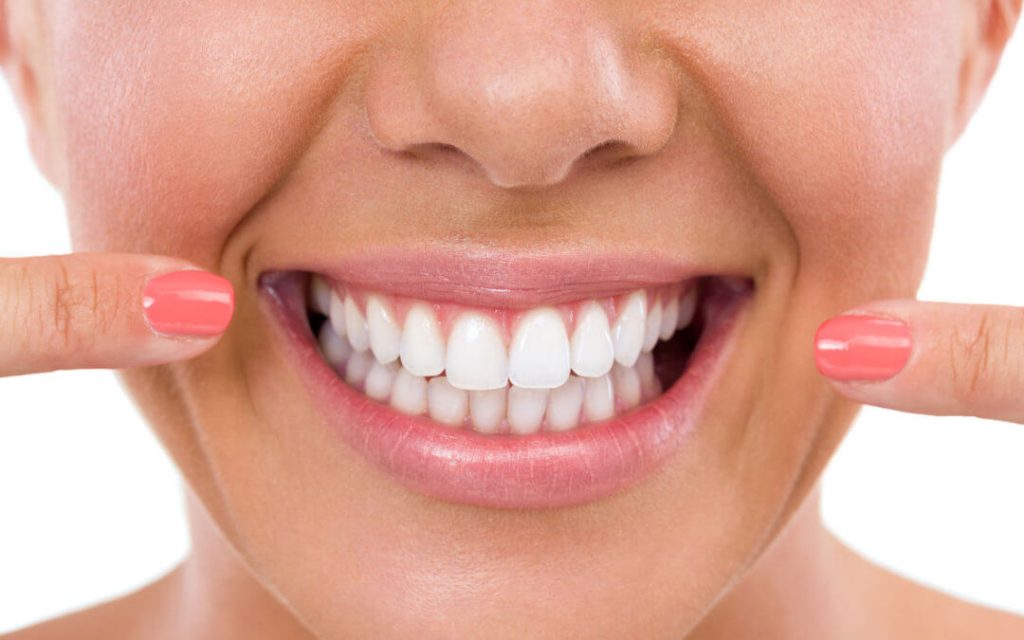
Chapter 4: Home Remedies for Temporary Relief
4.1 Clove Oil
• Apply a drop to the chipped area for pain relief due to its numbing properties.
4.2 Saltwater Rinse
• Helps prevent infection and keeps the area clean.
4.3 Over-the-Counter Dental Repair Kits
• Temporary filling material can cover and protect the chip until you see a dentist.
Chapter 5: Preventing Tooth Chips
5.1 Maintain Good Oral Hygiene
• Brush and floss daily to strengthen teeth and prevent decay.
5.2 Avoid Hard Foods
• Limit or avoid chewing ice, popcorn kernels, or hard candies.
5.3 Wear Protective Gear
• Use a mouthguard during sports or if you grind your teeth at night.
5.4 Address Teeth Grinding
• Consider a night guard or stress management techniques.
5.5 Regular Dental Check-Ups
• Routine exams help identify and address weak spots before they lead to chipping.
Chapter 6: Complications of Ignoring a Chipped Tooth
6.1 Increased Sensitivity
• Exposed dentin can cause pain when consuming hot, cold, or sweet foods.
6.2 Infection
• A deep chip may expose the pulp to bacteria, leading to abscesses.
6.3 Further Fractures
• A chipped tooth is structurally weaker and more prone to further damage.
6.4 Aesthetic Concerns
• Even minor chips can impact confidence and social interactions.
Chapter 7: Emotional and Psychological Impacts
7.1 Self-Consciousness
• A visible chip may make individuals hesitant to smile or speak confidently.
7.2 Anxiety About Dental Visits
• Fear of dental procedures might delay treatment, worsening the condition.
7.3 The Importance of Quick Action
• Addressing the issue promptly minimizes emotional and physical distress.
Chapter 8: Innovations in Dental Repair
8.1 3D Printing
• Used to create precise crowns and veneers quickly and efficiently.
8.2 Laser Dentistry
• Minimally invasive and precise, reducing discomfort during repairs.
8.3 Biomimetic Materials
• Advances in dental materials mimic natural enamel for seamless repairs.
Chapter 9: Cost of Repair Methods
9.1 Factors Influencing Costs
1. Extent of damage.
2. Repair method chosen.
3. Dentist’s experience and location.
9.2 General Cost Estimates
• Bonding: $100–$500 per tooth.
• Veneers: $500–$2,500 per tooth.
• Crowns: $800–$3,000 per tooth.
• Implants: $1,000–$6,000 per tooth.
Conclusion
A chipped tooth, while alarming, is a manageable dental issue. Acting promptly, understanding available repair methods, and adopting preventive measures can restore your tooth’s health and appearance. Whether it’s a minor chip or a severe fracture, today’s advanced dental technologies and skilled professionals ensure effective solutions tailored to your needs.
Remember, protecting your teeth begins with good oral hygiene and regular dental visits. If a chip does occur, don’t delay seeking care—a healthy smile is worth it!


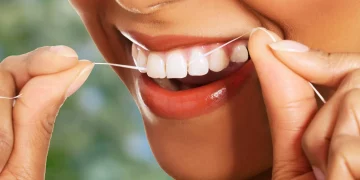



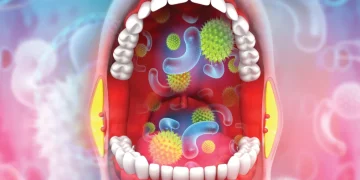
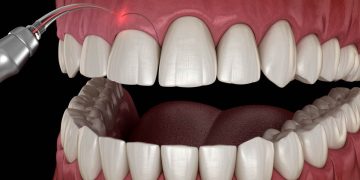
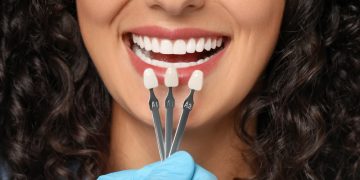


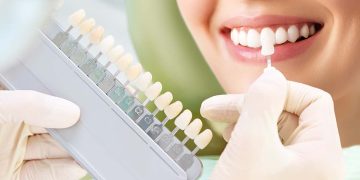
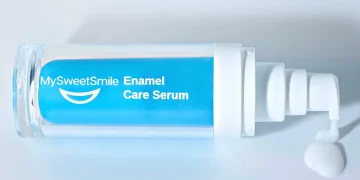












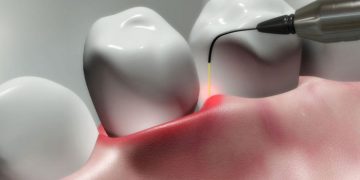


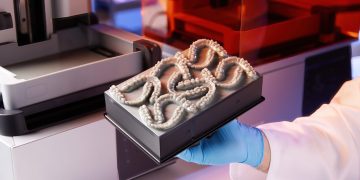

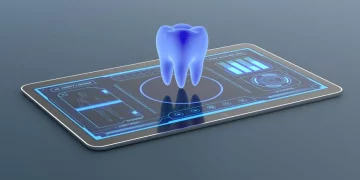














Discussion about this post